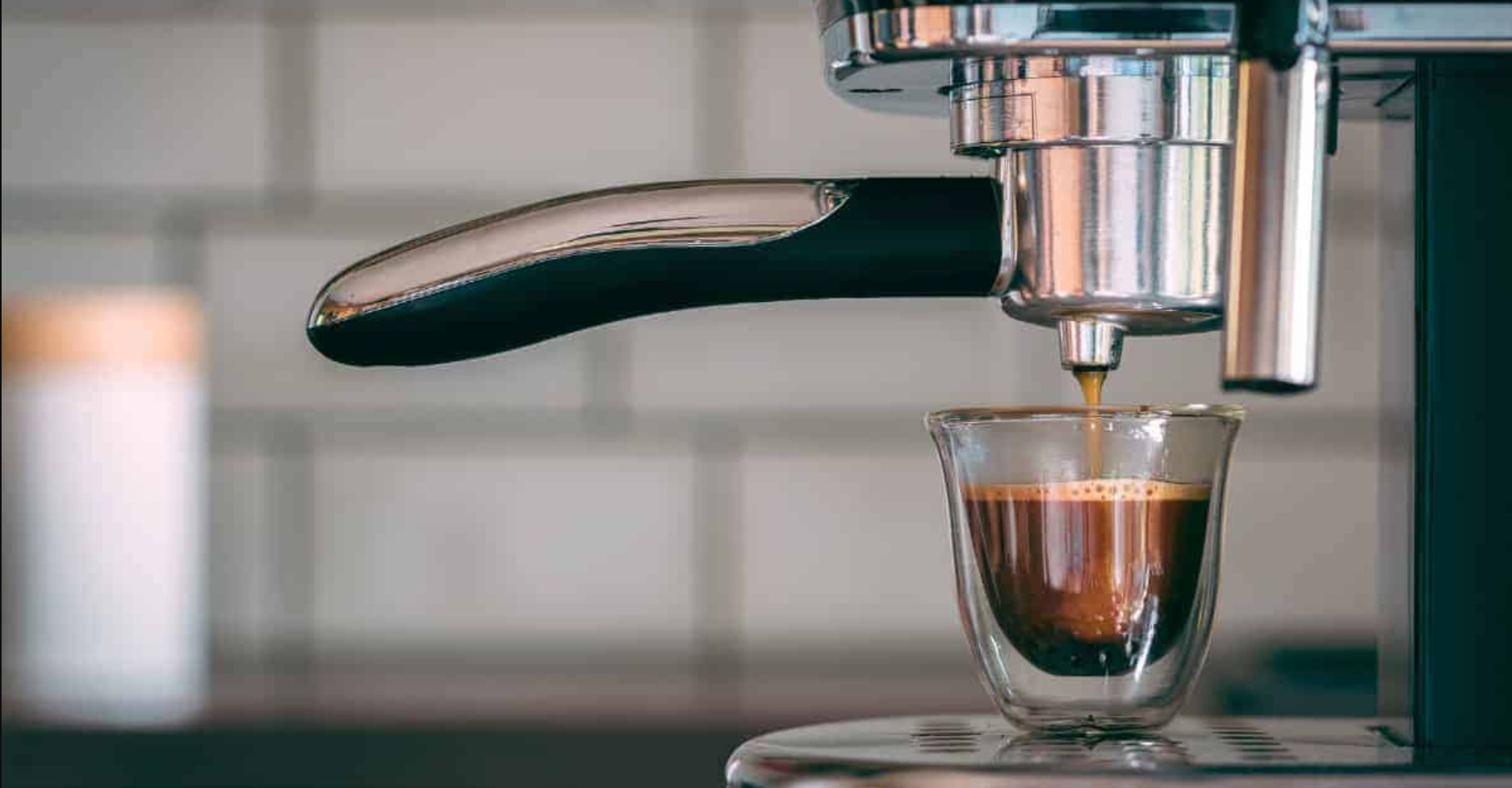Coffee brewing is an art that involves a delicate balance of factors to extract the best flavors from coffee beans. Among these factors, temperature plays a crucial role in determining the taste and aroma of the final brew. Whether you are hand-brewing your coffee or using an espresso machine, understanding the impact of temperature is essential to achieving the perfect cup. In this article, we will delve into the importance of temperature in brewing and explore how to master it for both hand-brew and espresso methods.
The Importance of Temperature in Brewing
Brewing the perfect cup of coffee is an art that involves several essential factors, and among them, temperature stands out as a crucial element. The impact of temperature on coffee extraction cannot be overstated, as it directly influences the flavors, aromas, and overall quality of the brew. Let’s explore why temperature matters so much in brewing and how it affects your coffee.
- The Role of Temperature in Coffee Extraction
Temperature plays a vital role in the extraction of soluble compounds from coffee grounds. When hot water comes into contact with coffee, it dissolves various compounds, including acids, sugars, and aromatic oils. These compounds give coffee its distinctive taste and aroma. The ideal temperature ensures the extraction of desirable flavors without over-extracting bitter compounds.
- Balancing Flavors with the Right Temperature
The temperature at which coffee is brewed impacts the balance of flavors in the cup. Higher temperatures tend to emphasize bitterness, while lower temperatures enhance acidity. Finding the right balance is essential to achieve a well-rounded and enjoyable cup of coffee.
- Optimal Temperature Range
For most brewing methods, the recommended temperature range for coffee extraction is between 195°F to 205°F (90°C to 96°C). Within this range, coffee grounds release a balanced mix of acids, sugars, and aromatic oils, resulting in a flavorful brew.
- Cold Brew vs. Hot Brew
Cold brew and hot brew methods demonstrate how temperature affects coffee extraction differently. Cold brew, brewed with cold water over an extended period, produces a smoother and less acidic brew. On the other hand, hot brew methods offer more pronounced flavors due to higher extraction rates.
- Impact on Coffee Grind Size
The grind size of coffee also interacts with temperature during the brewing process. Finer grinds increase surface area and require slightly lower temperatures to avoid over-extraction, while coarser grinds may need slightly higher temperatures for proper extraction.
- Consistency and Control
Consistency in brewing temperature is vital to ensure predictable and repeatable results. Using a gooseneck kettle with a built-in thermometer allows baristas and coffee enthusiasts to have precise control over the brewing temperature.
- Espresso Brewing Precision
In espresso brewing, temperature control is even more critical due to the short brewing time. Espresso machines with temperature stability features ensure a consistent brew, highlighting the nuanced flavors of the coffee.
- Temperature and Tea Brewing
Temperature also matters when brewing tea. Different tea types require specific water temperatures to bring out their distinct characteristics fully.
- Experimentation and Personal Preferences
While recommended temperature ranges serve as starting points, exploring different temperature profiles can be an exciting journey to find the ideal brew that matches personal preferences.
In conclusion, the importance of temperature in brewing cannot be ignored. It significantly influences the extraction of flavors and aromas, directly impacting the quality of the coffee in your cup. By understanding the role of temperature and experimenting with different brewing temperatures, you can elevate your coffee brewing game and enjoy a truly delightful coffee experience.
Brewing Methods and Their Ideal Temperatures
When it comes to brewing coffee, different methods require specific temperature ranges to achieve the best results. Let’s explore some popular brewing methods and the ideal temperatures for each:
| Brewing Method | Ideal Temperature Range (Fahrenheit) | Ideal Temperature Range (Celsius) |
| Pour-Over | 195°F to 205°F | 90°C to 96°C |
| French Press | 200°F | 93°C |
| AeroPress | 175°F to 185°F | 80°C to 85°C |
- Pour-Over
The pour-over method is a favorite among coffee enthusiasts for its ability to produce a clean and flavorful cup. For optimal results, the ideal water temperature ranges from 195°F to 205°F (90°C to 96°C). This temperature range ensures proper extraction and brings out the coffee’s natural sweetness and acidity, resulting in a well-balanced brew.
- French Press
French press brewing is renowned for its full-bodied and robust coffee. To achieve the best results, the water temperature should be around 200°F (93°C). The slightly higher temperature ensures a thorough extraction of flavors, resulting in a rich and aromatic cup of coffee.
- AeroPress
The AeroPress is known for its versatility and quick brewing time. For a delightful cup of AeroPress coffee, aim for a water temperature between 175°F to 185°F (80°C to 85°C). This temperature range highlights the coffee’s brightness and acidity, creating a vibrant and lively brew.
- Cold Brew (Bonus Method)
While not mentioned in the table, it’s worth noting cold brew as a unique brewing method that requires cold water instead of hot water. Cold brew is typically brewed using room temperature or cold water and steeped over an extended period (usually 12 to 24 hours). The absence of heat results in a smoother and less acidic coffee, making it an excellent option for those seeking a refreshing and mellow coffee experience.
Remember, adjusting the water temperature slightly can lead to different flavor profiles and taste experiences. As you explore these brewing methods, don’t hesitate to experiment with temperature to find the perfect cup that suits your preferences.
Water Quality and Temperature
- Importance of Fresh and Filtered Water
Water quality significantly impacts the final brew’s taste. Fresh, filtered water with balanced mineral content ensures better extraction and prevents unwanted flavors from seeping into your coffee.
- How Water Temperature Affects Brew
Inadequate or excessive water temperature can negatively affect coffee extraction, leading to an unbalanced and less enjoyable cup. Understanding the connection between water temperature and extraction is vital for consistent results.
Serving and Storing Coffee at the Right Temperature
- Serving Temperature for Different Coffee Types
Different coffee types have varying serving temperature preferences. For example, black coffee is best served between 120°F to 140°F (49°C to 60°C), while milk-based drinks require slightly lower temperatures to avoid scalding.
- Proper Coffee Storage
To preserve the flavors and aroma of your brewed coffee, storing it at the right temperature is crucial. Keep it away from direct sunlight and avoid exposure to extreme heat or cold.
Experimenting with Temperature
Adjusting Temperature for Personal Preferences
Coffee brewing is a journey of exploration. Don’t be afraid to experiment with water temperatures to find the taste that suits your preferences best.
Maintain a brewing journal to record your experiments with temperature and other variables. This will help you track your progress and create the perfect brew consistently.
Mastering the art of brewing coffee requires a keen understanding of temperature’s role in extracting the best flavors from the coffee beans. Whether you prefer hand-brewing methods like pour-over or French press or enjoy the convenience of an espresso machine, finding the perfect brewing temperature is the key to a delightful cup of coffee. With the right tools, techniques, and a bit of experimentation, you’ll be well on your way to becoming a coffee brewing maestro.
FAQs
- Does using water at a lower temperature reduce coffee bitterness? Yes, lower water temperatures can reduce bitterness in the coffee and highlight the brighter and more acidic flavors.
- Can I use a regular kettle for pour-over coffee? While you can use a regular kettle, a gooseneck kettle provides better control over the pouring speed and ensures an even extraction.
- Is there an ideal water-to-coffee ratio for brewing espresso? The standard water-to-coffee ratio for espresso is approximately 1:2, but you can adjust it according to your taste preferences.
- Should I store my coffee beans in the refrigerator? No, storing coffee beans in the refrigerator can introduce moisture and odors, negatively affecting the coffee’s flavor.
- Can I use boiling water for AeroPress brewing? It’s best to avoid boiling water for AeroPress, as it may scald the coffee and result in a bitter taste. Aim for a temperature around 175°F to 185°F (80°C to 85°C).

